Apples are more than just a staple fruit in household kitchens—they represent a multibillion-dollar industry that spans across continents, climates, and cultures. While countries like China and the United States are commonly recognized for their massive apple output, many lesser-known nations also play a vital role in the global supply. This article explores apple production by country, unveiling surprising statistics, lesser-known producers, and the complex dynamics shaping the global apple market in 2025.
Global Snapshot: Apple Production in 2025
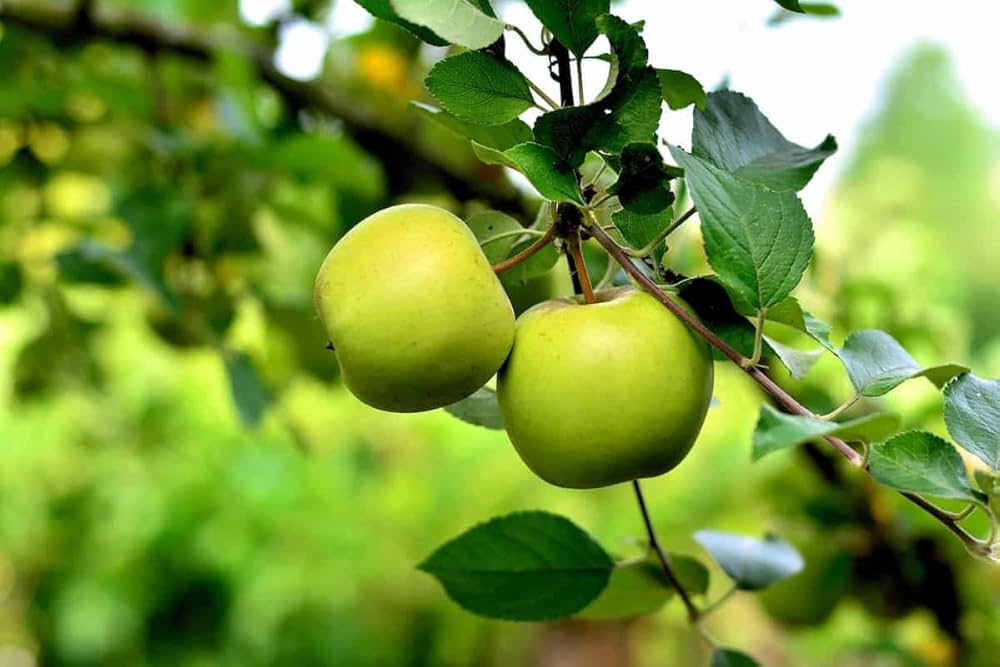
As of 2025, global apple production stands at over 88 million metric tons, according to the latest estimates from the Food and Agriculture Organization (FAO) and regional agricultural boards. Apples are grown in over 90 countries, making them one of the most widely cultivated fruits globally.
The global apple industry thrives due to:
- Wide climatic adaptability
- High consumer demand (fresh fruit, juice, cider, and processed goods)
- Long shelf life and exportability
- Supportive agricultural policies in top-producing nations
But the real intrigue lies in the distribution of apple production. While a few giants dominate, there are also several unexpected contenders in the global rankings.
1. China – The Unshakable Leader
- Production (2025): ~41.2 million metric tons
- Global Share: ~47%
- Top Regions: Shaanxi, Shandong, Hebei, Henan
- Main Varieties: Fuji, Qinguan, Gala, Red Delicious
China alone produces nearly half of the world’s apples, making it the indisputable leader. The combination of vast orchards, favorable climate, and large domestic demand drives this dominance.
Surprising Statistic: The Shaanxi province produces more apples than the total production of the second-ranked country (USA), underscoring China’s massive scale.
2. United States – High-Tech Cultivation & Premium Exports
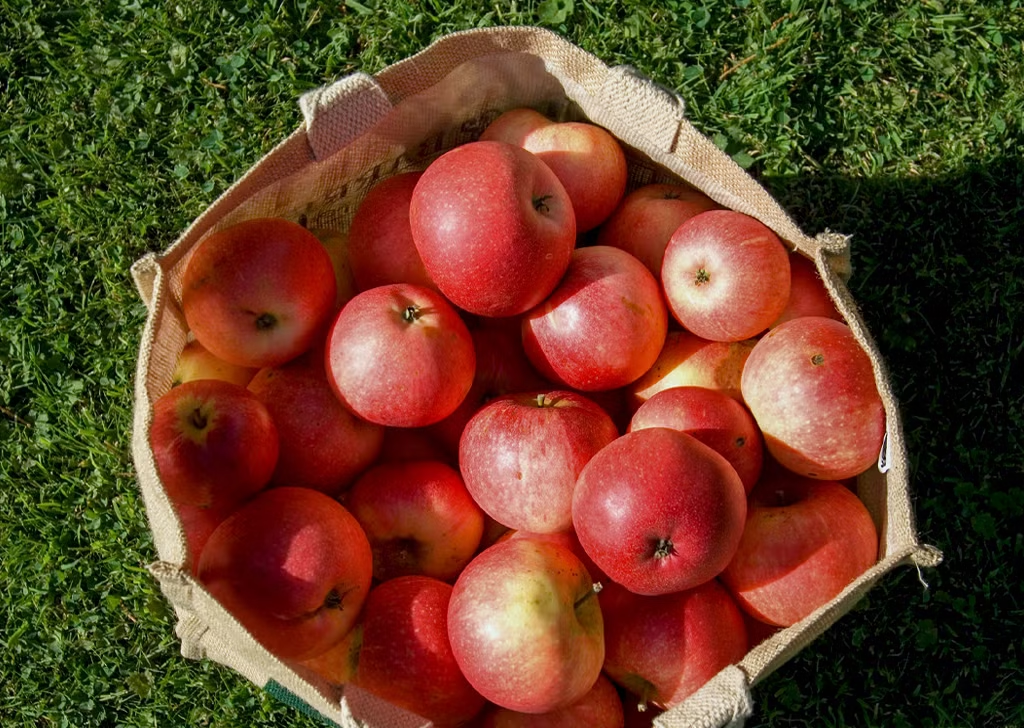
- Production (2025): ~4.7 million metric tons
- Top States: Washington (65%), New York, Michigan, Pennsylvania
- Famous Varieties: Gala, Honeycrisp, Red Delicious, Granny Smith
The U.S. emphasizes efficiency, quality, and innovation, contributing significantly to both fresh apple and processed apple product markets. Washington State alone ranks among the world’s top producers.
Surprising Statistic: Honeycrisp apples, developed in the U.S., are among the most expensive apples globally due to their sweetness and crisp texture—costing up to $4–5 per pound in premium markets.
3. Poland – Europe’s Quiet Apple Powerhouse
- Production (2025): ~3.8 million metric tons
- Top Regions: Masovian, Lublin, Świętokrzyskie
- Popular Varieties: Idared, Gala, Jonagold
Poland often surprises global consumers who may not associate the country with apples. It is the largest apple producer in Europe and a key exporter.
Surprising Statistic: Poland’s apple exports feed nearly 1 in every 3 apples consumed in the European Union.
4. India – Domestic Demand Driving Production Boom
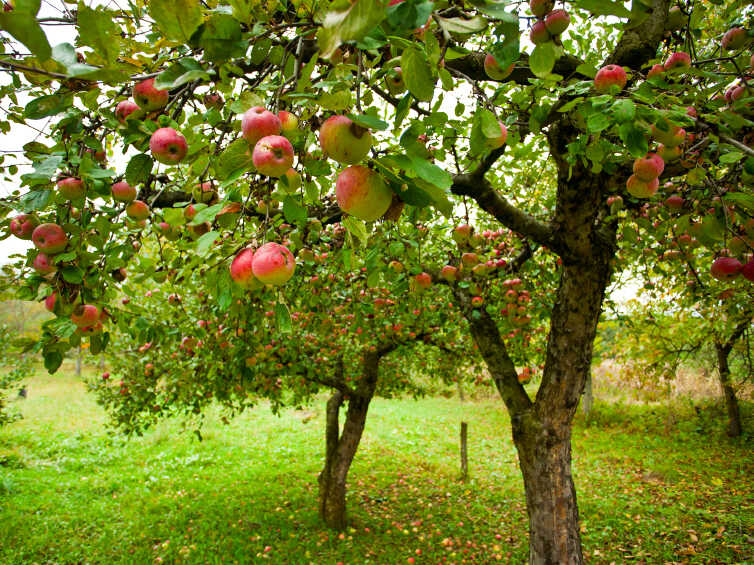
- Production (2025): ~2.9 million metric tons
- Major States: Himachal Pradesh, Jammu & Kashmir, Uttarakhand
- Key Varieties: Red Delicious, Royal Delicious, Ambri
Despite being a top producer, India imports apples to meet domestic demand. This paradox exists because of regional consumption preferences and limited cold storage facilities.
Surprising Statistic: India’s per capita apple consumption remains lower than global averages, yet the country is among the top 5 producers due to its massive population and growing middle class.
5. Russia – Rebounding with Domestic Cultivation
- Production (2025): ~2.3 million metric tons
- Main Regions: Krasnodar, Voronezh, Belgorod
- Major Varieties: Antonovka, Red Chief, Orlik
Following trade restrictions on Western imports in recent years, Russia increased investment in domestic orchards, resulting in a surge in production.
Surprising Statistic: Apple production in Russia has doubled over the last decade, supported by local subsidies and climate-resilient techniques.
Other Major Apple Producers – The Unexpected Players
Here are some countries you might not expect to rank so high in apple production:
Turkey
- Production: ~1.9 million metric tons
- Notable Varieties: Starking, Granny Smith
- Export Markets: Middle East, Eastern Europe
Surprising Fact: Turkey produces more apples than France and Italy combined, with most consumed domestically or regionally.
Iran
- Production: ~2.2 million metric tons
- Key Areas: West Azerbaijan, Isfahan
Surprising Fact: Iran has the potential to become a major apple exporter in Asia and the Middle East due to its consistent quality and climatic diversity.
Italy
- Production: ~1.7 million metric tons
- Famous Region: South Tyrol
Surprising Fact: Italy is home to Europe’s largest apple cooperative and is a leader in organic and PDO-labeled apples.
France
- Production: ~1.4 million metric tons
- Top Region: Loire Valley
Surprising Fact: France’s apple industry is focused on flavor and tradition, with emphasis on gourmet and heirloom varieties like Reinette and Belle de Boskoop.
Chile
- Production: ~1.5 million metric tons
- Export Focus: North America, Asia
Surprising Fact: Chile is the largest apple exporter in the Southern Hemisphere, providing off-season apples to global markets.
Apple Production vs. Apple Exports: Not Always the Same
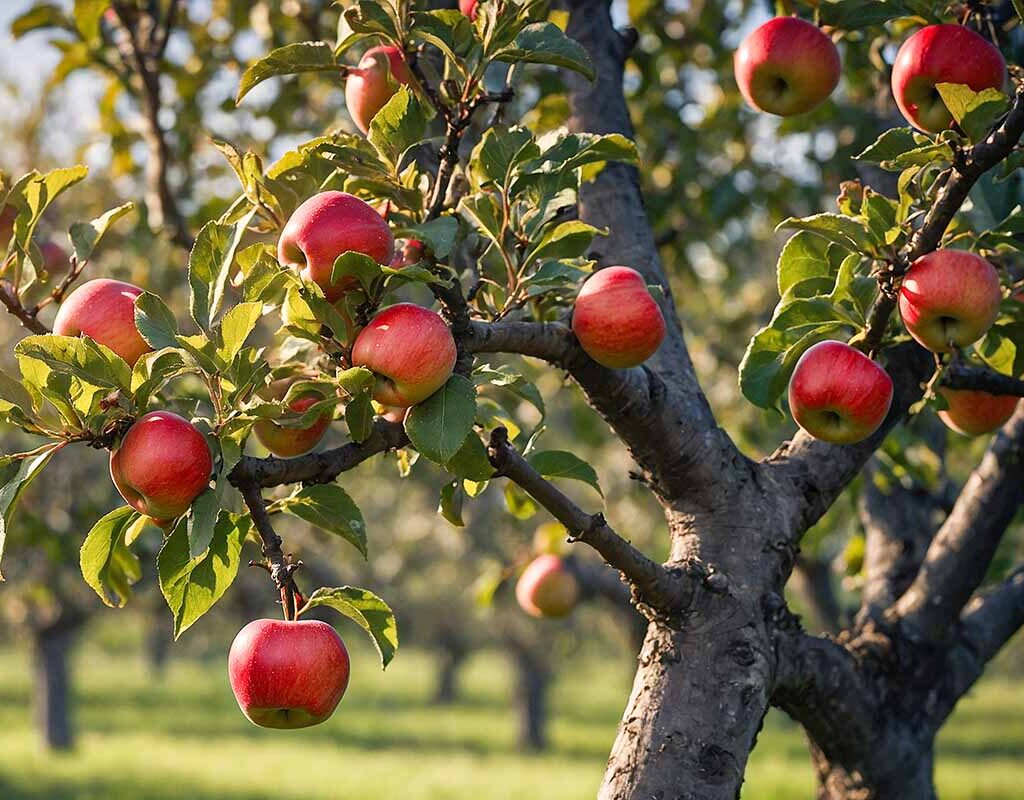
It’s important to note that high production doesn’t always translate to high exports. For example:
- India: High production, but most apples are consumed domestically.
- Chile: Moderate production, but a significant exporter due to strategic timing (opposite growing season).
- China: Massive production, but exports are limited compared to scale, as most are consumed locally.
Emerging Trends in Global Apple Production
High-Density Orchards
Countries like India and Iran are switching to high-density planting, which increases yield per acre while conserving resources.
Climate-Resilient Varieties
New cultivars are being bred to withstand extreme temperatures, especially in areas experiencing climate volatility.
Organic and Sustainable Farming
Italy, France, and even parts of the U.S. are adopting organic and low-chemical apple farming, catering to health-conscious markets.
Smart Farming Technology
Drone monitoring, weather prediction, and IoT-based irrigation systems are transforming productivity in countries like the U.S., China, and Chile.
Challenges in Apple Production Worldwide
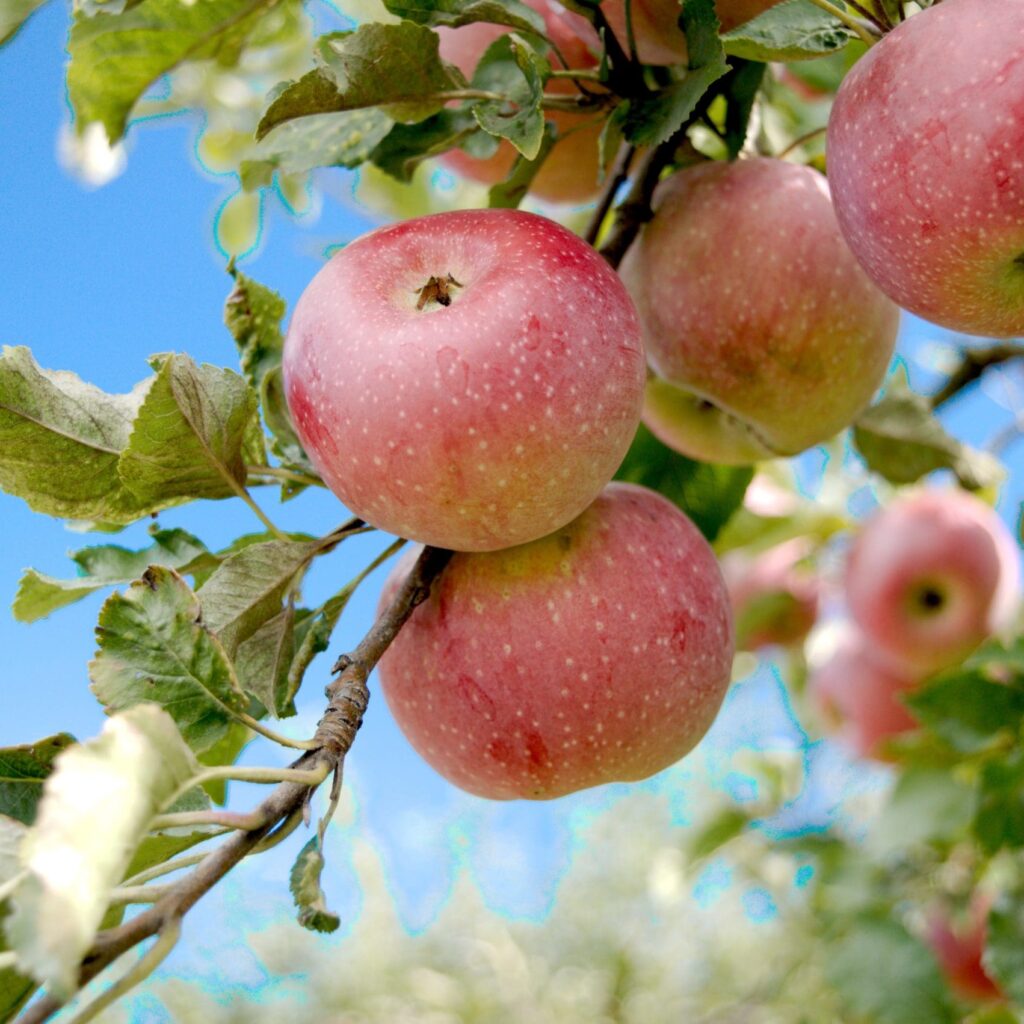
Even with increasing production, several challenges persist:
- Climate Change: Altered flowering cycles and frost damage are becoming more frequent.
- Pests and Diseases: Apple scab, fire blight, and codling moth are major threats.
- Labor Shortages: Manual labor requirements during harvesting pose hurdles, especially in the U.S. and Europe.
- Price Volatility: Global supply gluts can push down prices, affecting farmers’ profitability.
Apple Production Rankings: 2025 (Approximate)
| Rank | Country | Production (Metric Tons) |
|---|---|---|
| 1 | China | 41.2 million |
| 2 | United States | 4.7 million |
| 3 | Poland | 3.8 million |
| 4 | India | 2.9 million |
| 5 | Russia | 2.3 million |
| 6 | Iran | 2.2 million |
| 7 | Turkey | 1.9 million |
| 8 | Italy | 1.7 million |
| 9 | Chile | 1.5 million |
| 10 | France | 1.4 million |
Conclusion
Apple production in 2025 offers a fascinating look into global agricultural diversity and the countries that make it all possible. While traditional giants like China and the United States continue to lead, emerging players such as India, Russia, and Iran are reshaping the market in unexpected ways. Lesser-known yet vital producers like Poland and Chile add unique strengths in terms of exports and off-season supply.
These surprising statistics remind us that apples are a truly global fruit—rooted in local farms, grown with regional traditions, and enjoyed worldwide. As innovation continues and climate pressures increase, the story of apple production will only grow more dynamic in the years ahead.
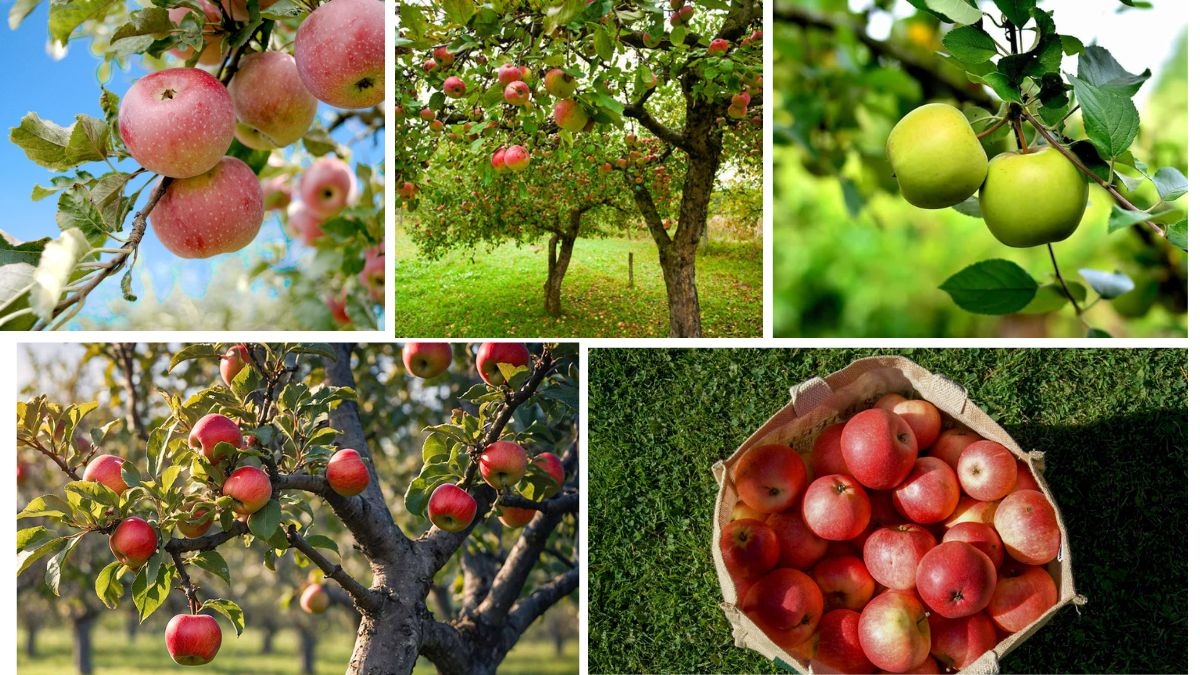





Leave A Comment